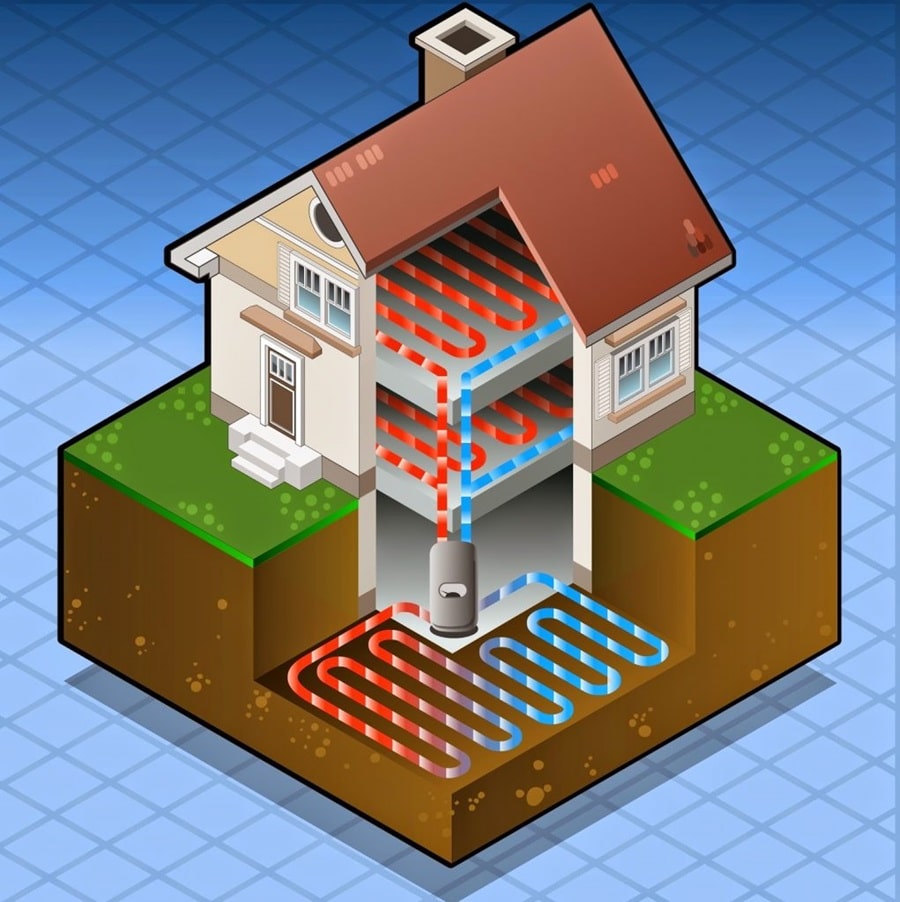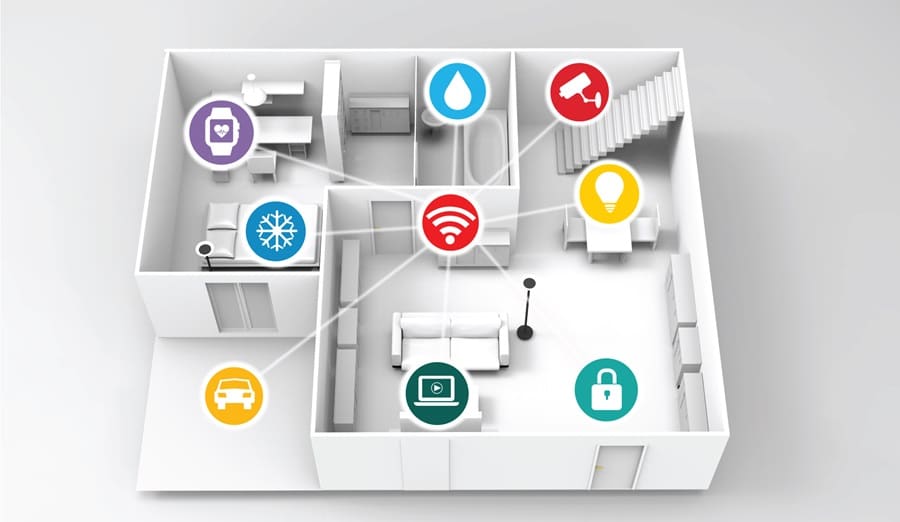compost pile at your home is one of the best ways to add nutrients to the soil of your garden to get the best yield. But how do you make compost? The steps are easier than you think! Learn all about the steps for how to compost for the garden here!
Contents
Understanding Compost

The best way to think about compost is a place where you can put your food scraps and yard waste to make your own nutrient-rich soil for your garden. Composts are particularly useful for vegetable gardens, especially if you are planning to use home-grown vegetables year-round. Building your own compost for your garden is one of the easiest DIY projects you can do.
Step One: Pick a Compost Location

Picking a compost location is key. When you consider what you’ll be putting in the compost, you’ll quickly realize that the ideal location is as far downwind from your windows as possible. Good locations for your compost might be the rear end of your back yard or somewhere tucked into an out-of-sight corner. However, you also want to be sure that your location has some covering from rain, is not exposed to too much sun, and can be protected from critters that might want to raid your compost for food.
When you do find your ideal location, make sure that you can measure out the correct size in relation to your garden size. You don’t need a huge compost if your garden is only growing a few vegetables! A good size compost for an average garden that grows four or more vegetables is three by three feet wide and two feet high. If you’re low on space, simply make your compost taller.
Step Two: Build the Compost
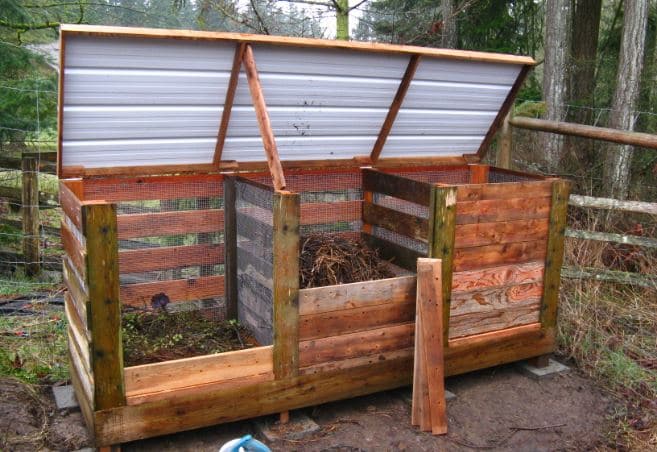
You will want to build a barrier around your compost to keep it tidy and not spilling over into your garden prematurely. The compost barrier can be built with many materials, although you’ll likely have an easier time using basic plywood or wooden posts and chicken wire.
Plywood can be bought from your local home improvement store or can be reclaimed or recycled wood. Chickenwire can usually be bought online or at your local hardware store. You will need a rubber mallet for the posts, nails, and a hammer. You can also paint your compost or decorate it to match the rest of your garden.
Step Three: Lay the Base
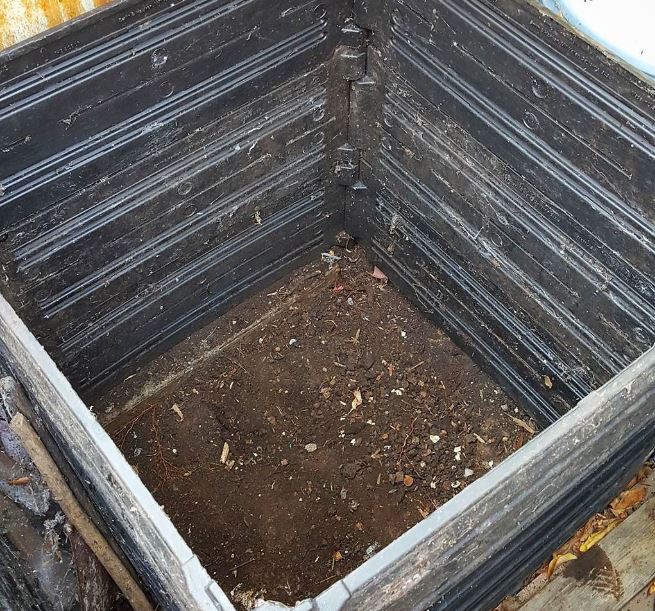
Many people assume that starting a compost is just a matter of adding food scraps to dirt. However, proper composts all start with a base that provides a barrier between the compost and the ground. Lay down a layer of straw or sticks of wood before you add any other materials to the compost.
Step Four: Add Compost Food Waste
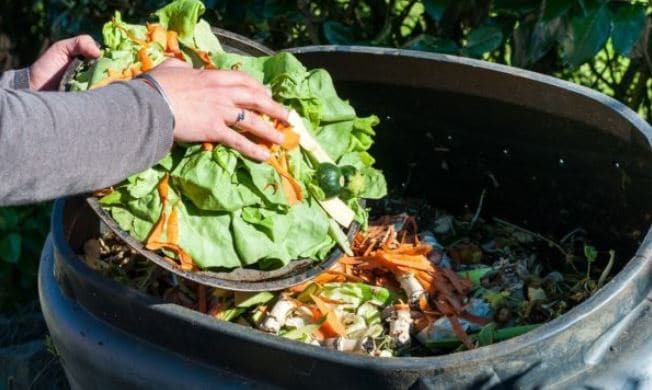
Adding food to your compost is a careful balance between wet and dry materials. Ideally, you will want to layer your food waste with yard waste to create the right ratio of nutrients. Food includes any non-meat organic materials, such as apple cores, coffee grounds, and eggshells. Yard waste includes grass clippings and raked leaves.
Step Five: Add a Nitrogen Source

If you plan on using your compost to add nutrients to your garden soil, then you will want to make sure you are adding a nitrogen source to the compost pile. A nitrogen source such as manure or “green” manure like cloves or dying plants will help the food waste in your compost break down and become a nutrient-rich source for your garden soil.
Step Six: Keep It Moist

Your compost will decompose your waste better when the compost is kept moist to the touch. When you mix and layer compost materials, check and make sure that each layer is moist. However, you will also want to be sure that the compost isn’t water-logged, so if your yard sees a lot of rain you may want to invest in a tarp or covering for heavy rains. Make sure to turn the pile regularly.
What Are Ideal Compost Materials?
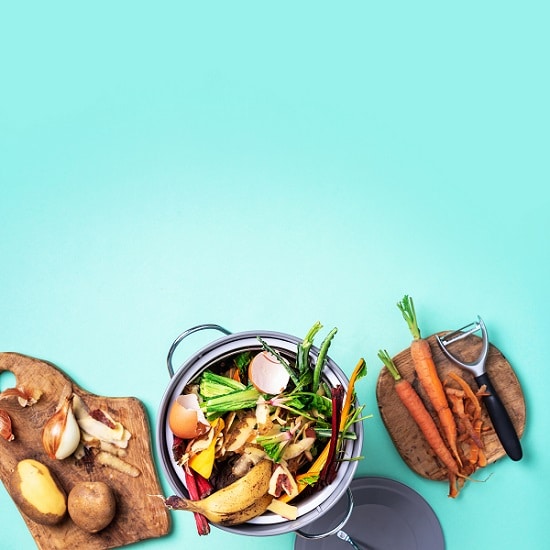
Ideal compost materials include any non-meat organic waste. Citrus rinds, bread, vegetable peels, fruit and vegetable cores, eggshells, opened tea bags, and used coffee grounds are all great materials to add to your compost. You can also use grass clippings, clover, buckwheat, raked leaves, and other decaying plants.
For gardeners, composts can be an easy way to enrich your soil with nutrients that make a better vegetable garden. For others, compost piles can be excellent to reduce food waste and food loss. Whatever your reason, you can easily build your compost garden today in six simple steps!


